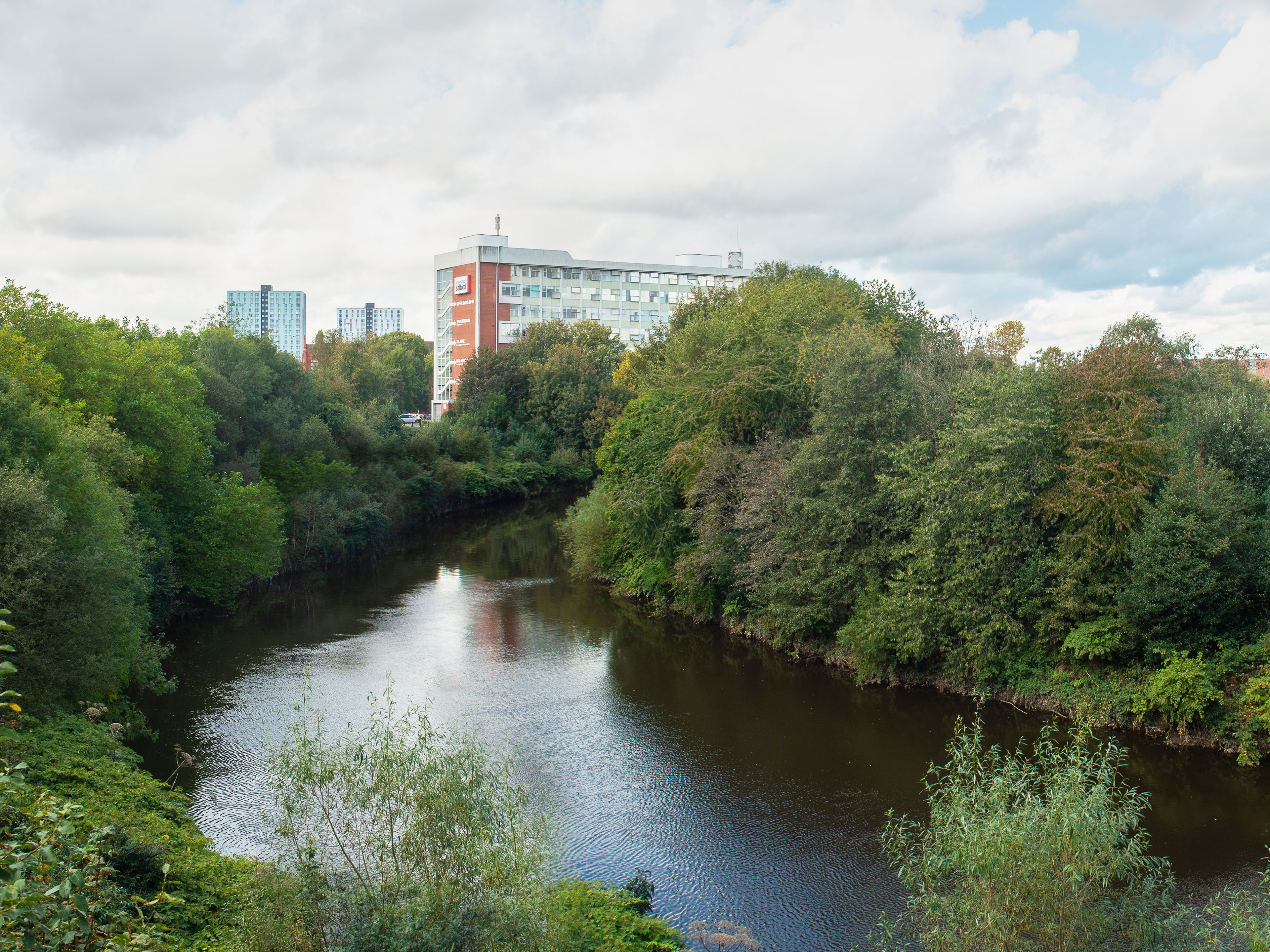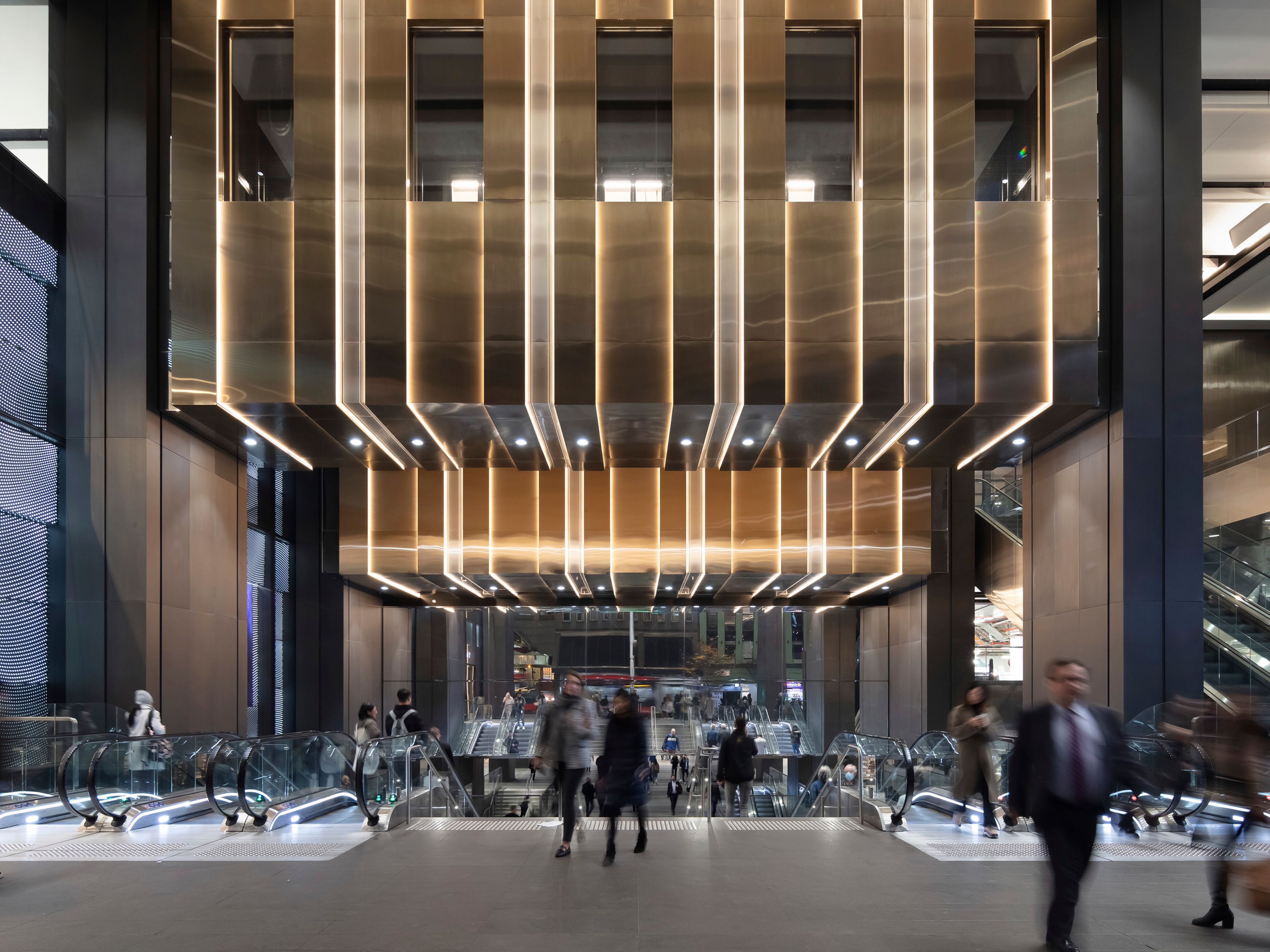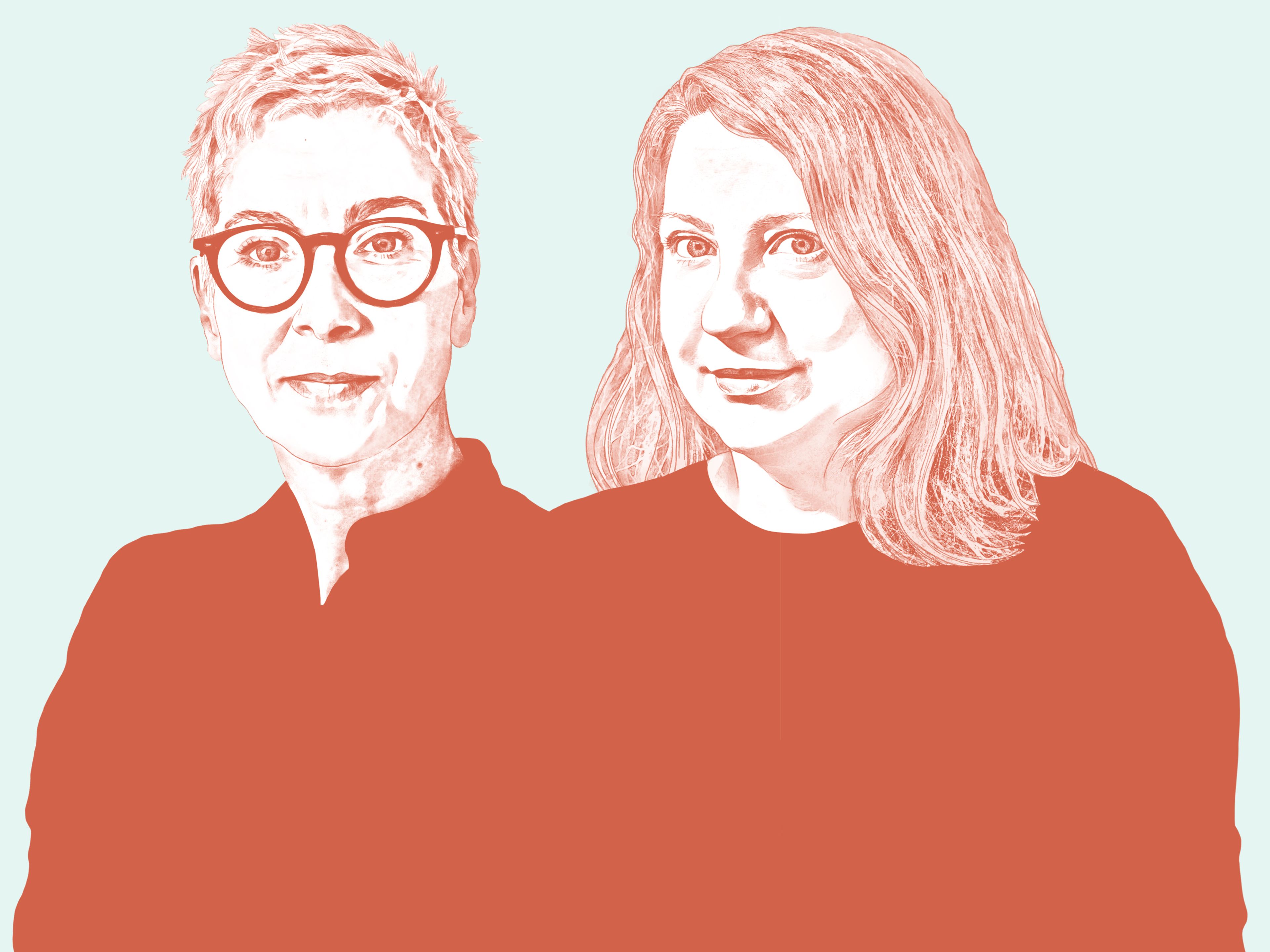Maker Ara Afable discusses the social value of seamless transitions in the urban grain
It's easy to fall into the trap of designing to red-line boundaries, but this can create a sense of containment and otherness in newly conceived places. Red lines are often historic and inherited – forgotten strips of land with unclear ownership. But these thresholds and in-between places are what hold everything together, providing continuity in the urban grain.
Red lines have little relevance in real life, and as urban designers we have a duty to take a wider view. At Make, we approach sites from an on-the-ground perspective, considering the daily lives of people across boundaries, whether they’re administrative or physical. By creating seamless transitions in the built environment and allowing new additions to blend into existing, we can encourage neighbourliness and prevent harmful ‘us and them’ narratives.
“When our neighbours benefit, we benefit too.”
The places we create are coloured by their surroundings and, in turn, lift their neighbouring areas to allow the benefits of regeneration to ripple across a bigger catchment. Investing in the wider community is generally considered beyond the remit of a masterplan, but when our neighbours benefit, we benefit too. Even small gestures can be impactful, adding value both to the developer and the community by unlocking more potential through joined-up thinking.
At Salford Crescent, for example, we’re delivering continuous landscapes and open spaces that warp and weft, knitting together communities that have been separated for decades. A green bridge, Salford Rise, will unify the north and south sections of the masterplan, providing an elevated linear landscape with trees and event spaces where people can gather and dwell. Extending across the masterplan area and beyond is the Manchester Bee Network, which will create one of the widest-reaching webs of cycle and walkways in the UK, forging new links and relationships, decreasing distances, and improving walkability. With a focus on active and accessible travel that doesn't rely on car ownership, Salford Crescent will be inclusive for everyone.
Recent years have seen cities across the world start to reconfigure their streets for people rather than cars. The EU's proposed Efficient and Green Mobility Package, for instance, requires the continent’s largest cities to prioritise walking and cycling by 2025. It's one step towards fundamentally changing the character of our urban areas, making our inner cities safer, cleaner and more liveable.
This ambition is visible in Sydney too, which permanently closed off a large portion of George Street to cars in 2023 as part of Transport for NSW's Streets as Shared Spaces programme, which aims to boost pedestrian confidence and support of local businesses. A busy city-centre thoroughfare, George Street is one of the world's oldest high streets, with a rich history as an Aboriginal pathway to a crucial water source called the Tank Stream. Its recent transformation from a car-dominated route into a lively pedestrian boulevard is a people-centric move in a city with high car usage – one that brings the street full circle with its indigenous past as a local gathering space.
“The places we design play important roles as urban conduits that seamlessly integrate communities.”
Even in central London, a highly connected place, permeability is challenged by inconsiderate developments and space-hungry monoliths that create barriers to movement. In the West End, Make worked with Publica to reintegrate a large, defunct depot site and restore the historical street pattern. A forensic approach to placemaking allowed our team to design a scheme that responds to the unique character of the area and that stitches into the surrounding city, making it feel as if it has been there for a long time. The result is Rathbone Square, a development that genuinely belongs to the local neighbourhood and the people who live there. In a short period of time, the open space at the centre has become a common ground for the community to meet and connect.
Our urban environments are laced with real and perceived boundaries and barriers, and the places we design play important roles as urban conduits that seamlessly integrate communities and extend the reach of our projects. We make a concerted effort to build relationships between places and people, and that includes blurring the boundaries between professionals. Masterplanning is a truly cross-disciplinary practice where we work in unison with architects, landscape architects, planners and other built environment specialists much like musicians in an orchestra, allowing us to harmonise in a way that adds richness to the urban composition.
Tags
Authors
Ara Afable is an architect and environmental planner based in Make's Sydney office. She holds a Master’s of Sustainable Built Environment as well as Urban Design, and has worked on several urban design projects across Australia.


